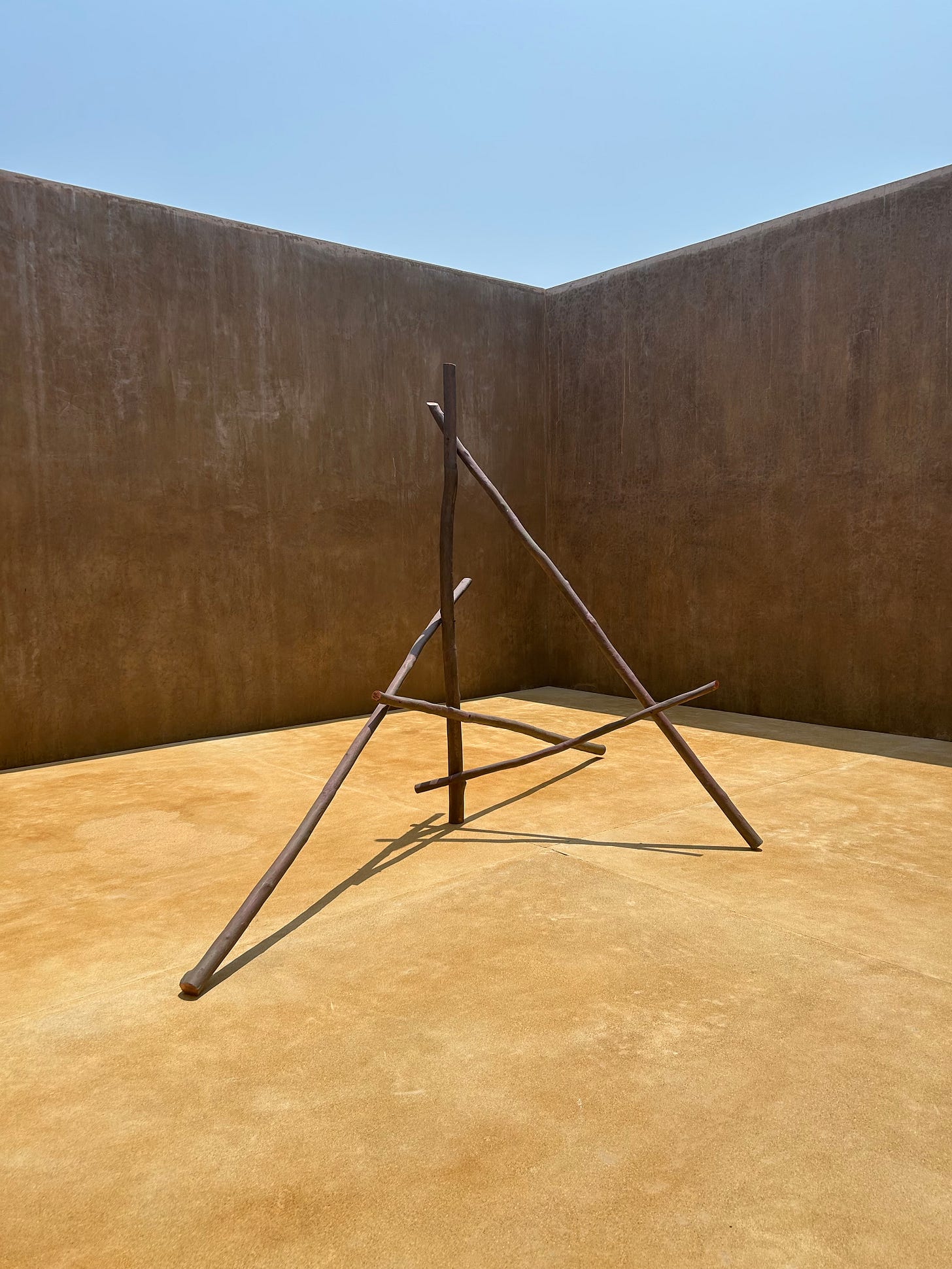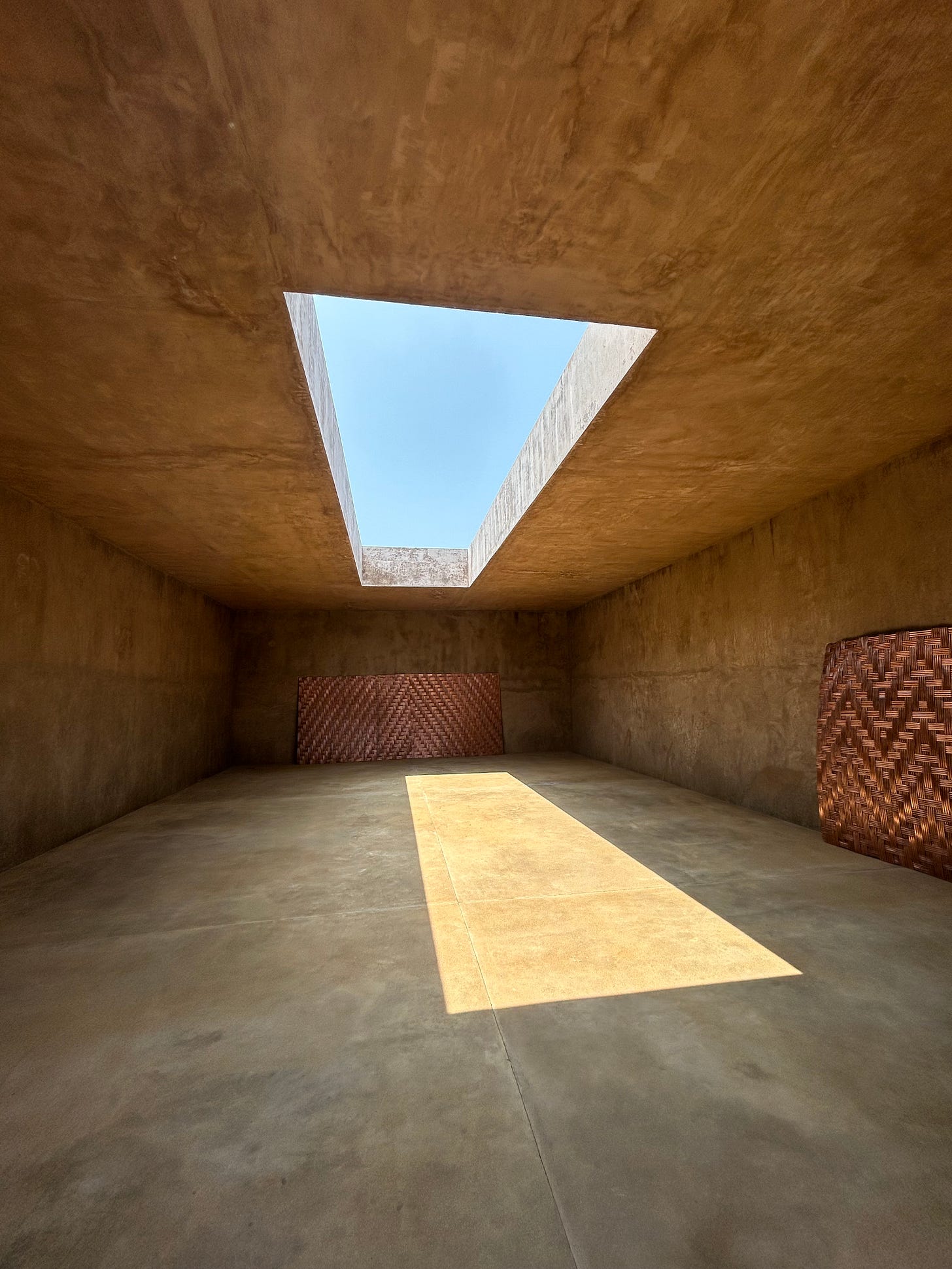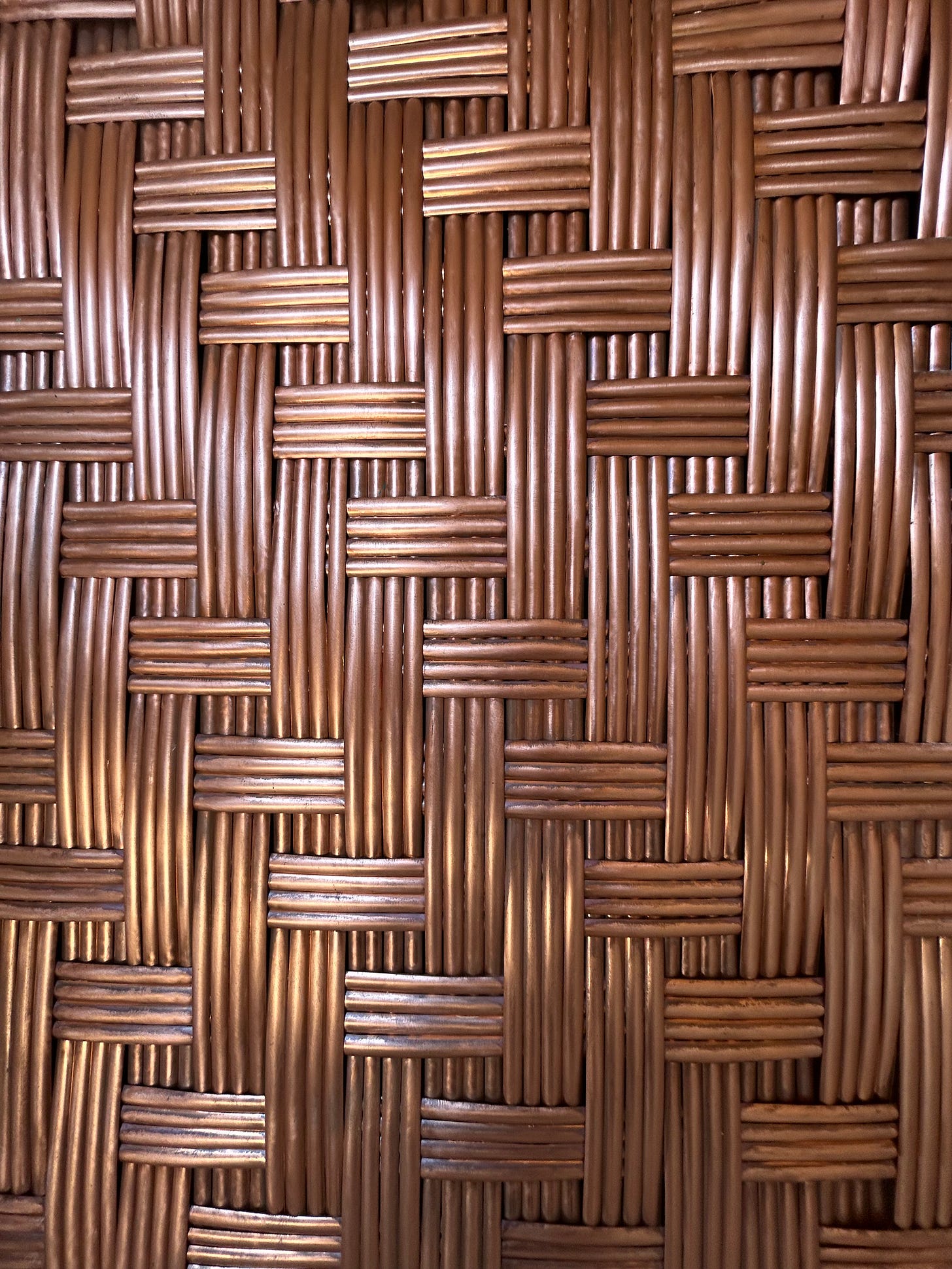Illustration
This is a photo of an exercise we did with color in my drawing class; the point was to experiment with color freely and intuitively. I used a combination of pastels and inks here.
Inspiration
I recently returned from a trip to Mexico City and Oaxaca and am so inspired. Michael and I enjoyed a feast for every sense. My favorite thing to do, other than eating, was to wander around the tree-lined streets of the La Condesa neighborhood, basking in the green canopy-covered walkways in the middle of the street. I learned about so much art and so many artists, and it all inspired my own work. I have more than one issue of art to cover, so more to come!

We spent a few days in Puerto Escondido, a beautiful beach town in Oaxaca. Between listening to the crashing waves, watching small crabs go about their routines, and cooling off in the bungalow pool, we visited the Meridiano Art Gallery. The road to the gallery is lined with tropical plants and dense shrubbery that shield nearby buildings in a curtain of greenery. This world-class gallery sat just across from the beach bungalow we called home. A kind and enthusiastic gallery docent greeted us and described the current exhibition in the shade. Meridiano, open since 2023, hosts two exhibitions per year that emphasize long-form, site-specific, and experimental work by international, cross-disciplinary artists.
While in town, we saw Ximena Garrido-Lecca’s DEMARCACIONES INVERSAS (REVERSE DEMARACATIONS). Artist Ximena Garrido-Lecca is from Lima, Peru, and based in Mexico City. Her two pieces at Meridiano were constructed of copper, a resource with deep spiritual and cultural significance in Peru, and the country’s most valuable economic commodity. Demand for copper is high because it’s used in basically every industry around the globe, including electronics, telecommunications, energy, transportation, and manufacturing. Her work explicitly addresses this tension between the use of copper in ancestral, cultural, and artistic practices and economic industrialization and exploitation of the land and people.
In these two large-scale pieces, Garrido-Lecca is taking the material of copper back to its ancestral and spiritual roots in Peruvian culture. Copper was associated with the elements of sun and fire—even the mountains from which it is extracted were thought to have spirits, called apus, that protected the local people living around them.
As you enter the gallery courtyard, you encounter Transmutaciones (Transmutations), a series by Garrido-Lecca (2018–ongoing). This large copper sculpture resembles the markers used by Peruvians in coastal deserts to claim land—symbols that became more common as the copper industry grew increasingly exploitative, displacing communities. Migrants from across Peru moved to Lima to work in copper extraction, processing, and export. Originally polished and unvarnished, the sculpture has since weathered, taking on a wood-like appearance due to Puerto Escondido’s climate, air, humidity, and sunlight. Only the ends of the long poles were treated to preserve their metallic shine, a subtle reminder of the material's origin. As sunlight moves across the courtyard, the sculpture casts long shadows on the ground and thick walls, functioning like a sundial— quietly marking time spent far from home.
As you pass through the courtyard into the gallery's main room, you see the Aleaciones con memoria de forma (Shape Memory Alloys) series (2013–ongoing).
In this piece, Garrido-Lecca has woven copper plumbing pipe in the style of artisanal textiles that Peru is known for. Peru has a rich history of textiles stretching back thousands of years and “textiles were valued as the primary form of aesthetic expression and communication since the pre-Hispanic societies never developed a system of writing. Ancient weavers gave life to original styles, motifs, and techniques, many of which are unique to these pre-Hispanic cultures…” Textiles are sacred in Peru, imbued with meaning, a way of transmitting knowledge and information and even being “venerated as a living being.”
Textile production came under direct attack under Spanish colonial rule who attempted to undermine this long and highly developed textile tradition. Master weavers were prohibited from continuing with their sacred textile practice and instead forced to produce cheap, low-quality products for export to Europe. Despite this, weaving traditions continue in Peru, with weaving coming to “symbolize indigenous resistance.” This history is what makes Garrido-Lecca’s Aleaciones con memoria de forma (Shape Memory Alloys) series (2013–ongoing) so powerful and beautiful, I think.
Ideas
How do you describe something you’ve never seen before? How do you describe a color? A team of scientists claims to have “experienced” a new color which they call olo and describe as “blue-green,” though they say that description “does not fully capture the richness of the experience.” The only way to perceive the color is to have laser pulses fired into your eyes, which stimulate cells in your retina, pushing your “perception beyond its natural limits,” the team of scientists at UC Berkeley says. “There is no way to convey that colour in an article or on a monitor,” said Austin Roorda, a vision scientist on the team. “The whole point is that this is not the colour we see, it’s just not.

I love color, and I love working with color when I paint and draw with inks (which I’ve taken to quite recently and highly recommend). Yet, I struggle to describe colors. How do you describe red? And what shade of red? — to make it more complicated. Let’s say I am describing this red (#BB3E00). I would describe it as warm, rusty, and earthy—like clay or terracotta. It feels vintage or retro. The impression is more emotional than visual, almost intuitive. This is similar to how I choose colors in my work—by instinct. That may be why the scientists said they experienced the color rather than simply saw it.
What do you notice when you are not rushing? “When I put the phone down altogether, though, the world regains its depth. Maybe it really is that damn phone. Things feel heavier, more real, like they demand to be held rather than skimmed. The world isn’t just there, providing a backdrop to your busy. There’s a sort of clarity in stillness that scrolling can never replicate. It feels like remembering how to breathe deeply after years of shallow inhales.”
Each day you create something — a drawing, a composition, a journal entry, whatever— it’s a good thing. “The timing of recognition is irrelevant; what matters is that you keep creating and strengthening the courage to share it.” Persistence, commitment to authenticity, and even time (aka aging) can lead to creative fulfillment. I often need this reminder just to keep putting brush to canvas and pen to paper.
Ending Quote
Art is a language which anneals individuals to each other through experiences that are uniquely human, that demand connection at the level of making meaning. If we lose our ability to make meaning — that is, to interpret, to find form in the raw materials of life — then we stand in danger of having meaning made for us, a rupture between what is said and what is done, between false intentions and disastrous consequences.










